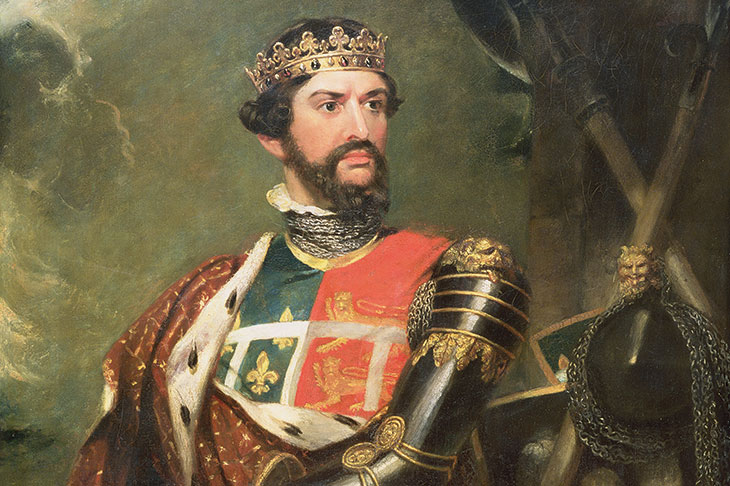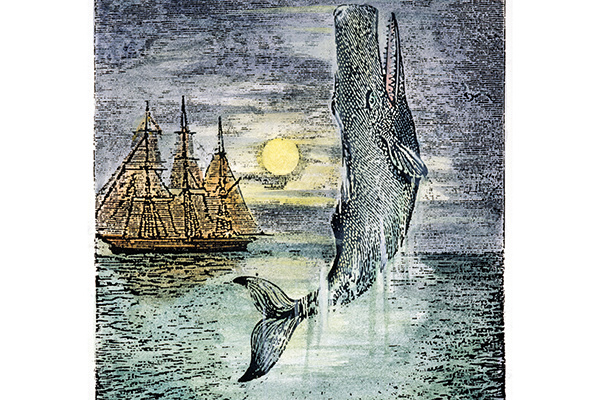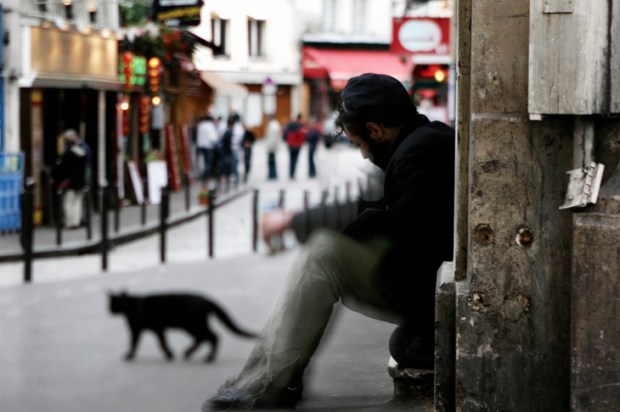We cannot know for sure how Edward the Black Prince earned his sobriquet. For some it was the volatile mixture of his aggressive temperament and brutal conduct in war; for others it derives from his armour, as displayed on his tomb at Canterbury Cathedral. The cover of Michael Jones’s splendid new biography of this compelling warrior depicts the latter, with Edward arrayed in his suit of plate, his long moustache drooping over the mail of his aventail and the palms of his gauntlets pressed together in prayer, as if seeking God’s forgiveness for all the death and misery he has wrought in his bloody career.
Jones convincingly argues that Edward should not be too readily condemned, as he often is by a more censorious modern age. Although he readily admits that ‘the Prince’s conduct was not flawless’, his purpose here is to present the case for a more positive historical evaluation of his subject to a broad readership, thereby rescuing the Prince from his ‘black’ reputation and restoring the more approbatory verdict of contemporaries. He does so with great skill and lightly worn erudition.
Born in 1330 as the eldest son of the formidable warrior King Edward III, Edward — Earl of Chester, Duke of Cornwall, Prince of Wales and Prince of Aquitaine — inherited all his father’s martial abilities and more, but not the crown, dying in 1376 (a year before the old king) as a sick and querulous man. It was an anti-climax to a spectacular career of military success. Jones leads us through that dramatic and violence-filled life in exciting and often lurid detail which will enthral a wide audience.
The Prince learned the graft of warfare the hard way. At the famous English victory at Crécy in 1346, the 16-year-old Edward was placed in notional command of the vanguard. When he became severely pressed by a French onslaught (the English were outnumbered by almost two to one), his father is reported to have delayed sending his son any reinforcements, saying: ‘Let the boy win his spurs.’ And so the boy did, with a characteristic display of the courage and steadfastness that so impressed his contemporaries. Here and throughout, Jones captures the drama and press of a medieval battle.
Even greater triumph came ten years later at the close-run battle of Poitiers where, at a desperate moment in the engagement, Edward personally led a surprise counter-attack that saw him once again in the thick of the mêlée and exposed to great personal danger. This bold move led to a crushing victory and the capture of King John II of France. Edward gained more bloody laurels as the victor of another huge battle at Nájera in 1367, in which his support for Pedro the Cruel led to the defeat of Pedro’s enemy, Enrique the Bastard. (The names say it all.)
Here, Edward’s campaign strategy has been called into question by some historians. Jones acknowledges the Prince’s initial underperformance, exacerbated by uncharacteristic lethargy and lack of motivation. But, stirred by a military setback, Edward’s more usual aggressive, battle-seeking approach soon returned to pay handsome dividends (and lucrative ransoms).
There was simply no military commander who could compare with him. No wonder, Jones writes, that ‘the English propaganda machine went into overdrive’. One contemporary effused: ‘Our Prince grows great, his power increases, flourishes, his prowess in war makes all his enemies afraid… England rejoices.’
The Prince’s great raid of 1355 — his grande chevauchée — across southern France from Bordeaux on the Atlantic coast to Narbonne on the Mediterranean and back again remains breathtaking to this day: it was a monumental display of belligerent arrogance and devastating violence that humiliated his enemies while reinforcing his reputation for the pitiless pursuit of military and political objectives.
This unrelenting ruthlessness is perhaps best witnessed at the siege of Limoges in 1370. Ill in body and humour, Edward directed operations from a stretcher. After only six days a mine brought down a great section of the wall, allowing the English to storm the breach and sack the city with great savagery. The (by now) pro-French chronicler Froissart claims that ‘many more than 3,000 persons, men, women, and children, were dragged out to have their throats cut’. Jones is unconvinced, observing that the episode ‘would become the greatest slur on Edward’s reputation’, and one by which ‘the legend of a “Black Prince” stained by evil was born’. In an appendix, Jones adds: ‘I think it is time to dismiss this slur by Froissart.’
Such excesses did little to sully the Black Prince’s reputation in his day. With his death, ‘the hopes of the English utterly perished’ in France, wailed Thomas of Walsingham. Even Froissart’s obituary was fulsome: Edward was the ‘most gallant man and chivalrous prince… the flower of the world’s knighthood and the most successful soldier of his age’.
Got something to add? Join the discussion and comment below.
Get 10 issues for just $10
Subscribe to The Spectator Australia today for the next 10 magazine issues, plus full online access, for just $10.
You might disagree with half of it, but you’ll enjoy reading all of it. Try your first month for free, then just $2 a week for the remainder of your first year.














Comments
Don't miss out
Join the conversation with other Spectator Australia readers. Subscribe to leave a comment.
SUBSCRIBEAlready a subscriber? Log in